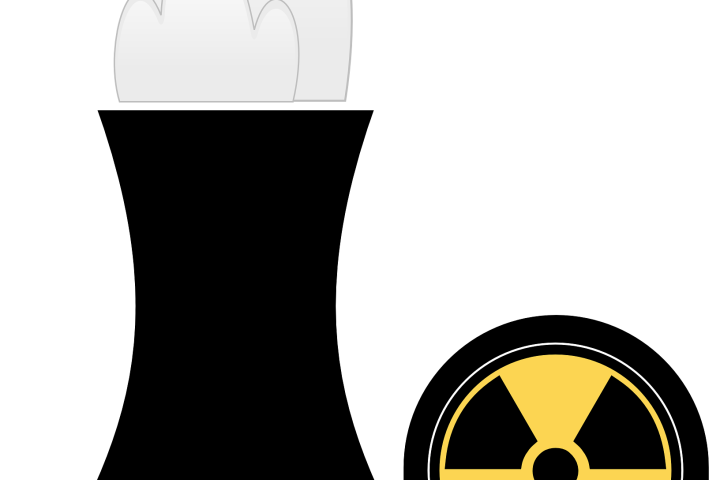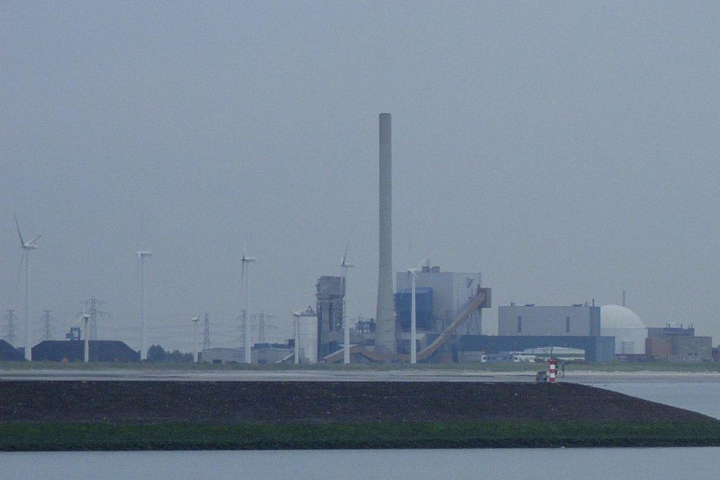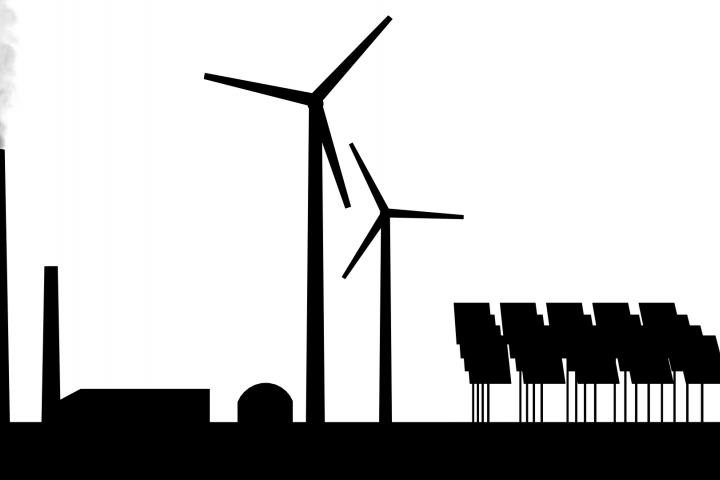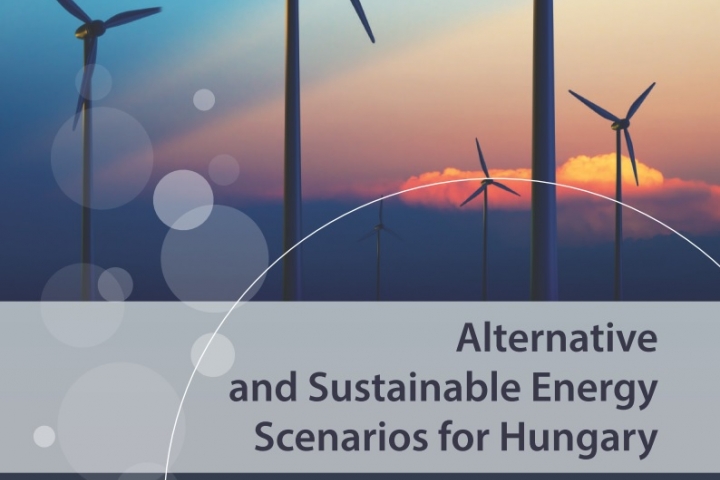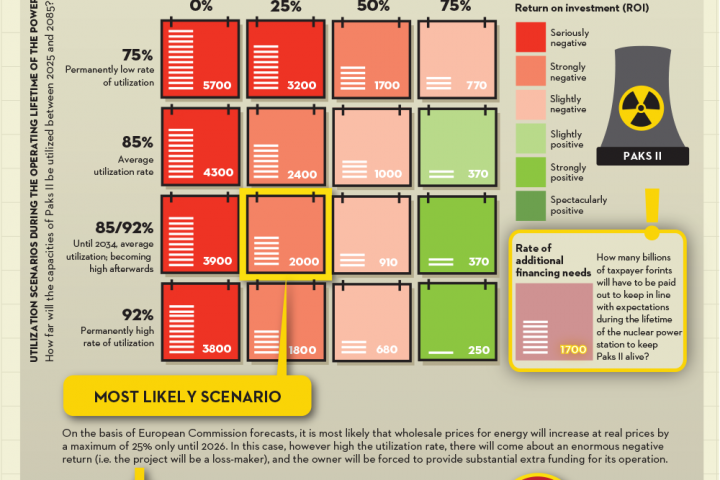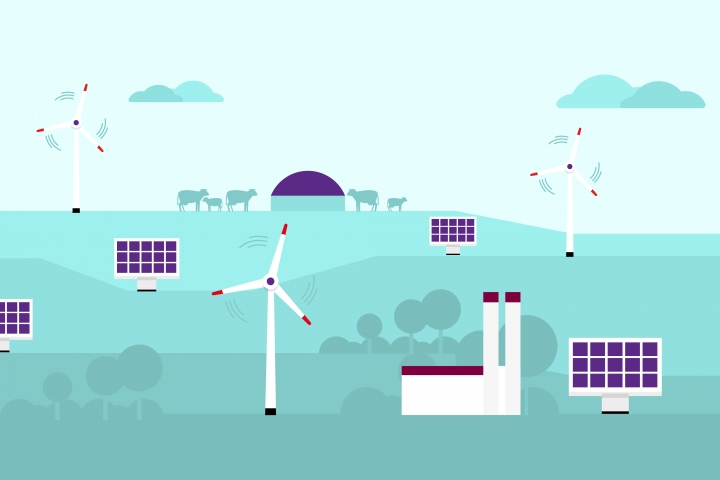Energiaklub’s opinion on the nuclear elements of the Hungarian National Energy and Climate Plan
The Hungarian National Energy and Climate Plan (NECP) is currently under review - it was published for public consultation in July and Energiaklub also submitted its comments on it. The statements of the Plan concerning nuclear energy and Energiaklub’s related comments are summarised below.
The NECP published for consultation states:
The National Hydrogen Strategy identifies the industrial use of hydrogen as one of the priority areas for intervention. The currently dominant natural gas-based production of hydrogen needs to be significantly reduced. Instead, the aim is to use electricity generated from renewables or nuclear energy for hydrogen production in the process of water decomposition. As a study by the European Commission's Joint Research Centre shows, the GHG emission of nuclear-based electricity generation is as low as that of solar or wind power. (JRC Science for Policy Report, Ares(2021)1988129 – 19/03/202)
Energiaklub's opinion:
In terms of hydrogen production, combined solar-wind power (with storage units) is the most sustainable and cost-effective solution. It can also smooth out the fluctuations of solar and wind energy and these solutions are faster, more flexible to install and operate than nuclear. In the case of hydrogen produced with nuclear energy, there are no such balancing effects.
Nuclear-based hydrogen production has no justification in Hungary, and it is an unrealistic strategic goal for the timeframe up to 2030. Nuclear-based hydrogen production is not cost-effective, its economic return is unpredictable and its development would take decades. Considering the state of the economy and the overall power plant fleet, with the aging Paks I in particular, there is no existing or expected nuclear capacity to be installed by 2030 that could be used for hydrogen production. Both Paks I and Paks II are primarily intended to ensure the base load of the electricity system and the continuous supply of electricity to the population. The expected date of completion of the latter (and even its construction) is still questionable, at best projected to 2032. SMR-type nuclear-based hydrogen cannot be a strategic goal either: the technology is still in various stages of development globally, deployment is not expected before 2030, and regulatory and safety standards for SMRs do not exist - their drafting, implementation and entry into force are also not realistic before 2030. Nevertheless, it is reasonable to monitor the development of the technology.
The NECP published for consultation states:
In the meantime, the availability of electricity generation capacity must be ensured to meet growing electricity demand.
a. in the long term, the backbone of the system will be weather-dependent and independent renewable technologies and safely deployable advanced nuclear technology in the electricity sector (the Paks II project and the further lifetime extension of the Paks NPP),
Energiaklub's opinion:
We do not support the Paks II investment. It is an outdated, expensive, environmentally and geopolitically risky technology that would lock the system in for 60 years in an age of ever-changing technological innovation. Nuclear power in Hungary should be phased out after the lifetime extension of Paks I
